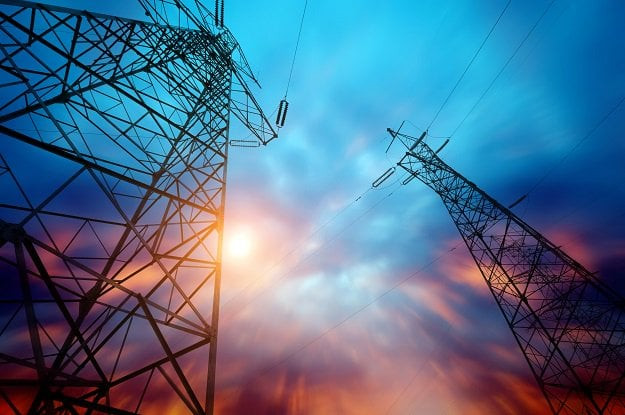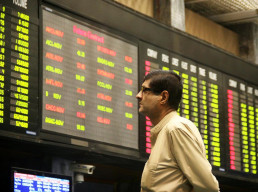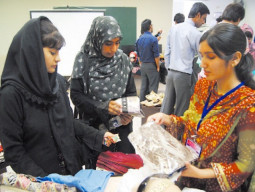
Financial globalisation has driven the microeconomic reforms in the power sector in the last 30 years. After the unbundling of the Water and Power Development Authority (WAPDA), electricity generation is being done by WAPDA, Pakistan Atomic Energy Commission and a plethora of Independent Power Producers (IPPs). Transmission function is performed by the National Transmission and Dispatch Company (NTDC), while the distribution is done through 10 DISCOs at the moment.
Some critics associate power sector crisis to governance failure. They are of the view that transmission losses are high and there is a need to upgrade the infrastructure. They even criticise the performance of DISCOs on the grounds of non-recovery of electricity bills. They propose the use of cutting-edge technology and stringent collection methods to bump up the recovery.
Another group of critics castigate on the basis of high generation cost of electricity. They are of the view that there is a need to change the generation mix which is still tilted to fossil fuels. They used to promote gas-based power plants where gas has become scarce over the years. Now they propose renewable energy options like solar, wind and biogas.
The market reforms which started in 1994 are still continuing. The Central Power Purchasing Agency (CPPA) has been licensed by National Electric Regulatory Authority (NEPRA) to become a Market Operator. It has already introduced a net-metering system and is now gearing itself for the Whole Sale Electricity Market. It intends to offer competitive electricity prices to consumers in the future – a much awaited promise.
A demand and supply model informs us that the increase in supply will reduce the price. Now the supply of electricity has increased to the extent that there is a surplus generation of electricity, but the electricity prices are on the rise. A free-market believer will push for further reforms which are still going on. However, the situation is far complex than the usual outcomes of demand and supply model.
Moving away from the market efficiency model, we need to see the cost paid by the individuals in Pakistan. The electricity tariffs have increased manifold in the last 30 years. The unintended consequence of high electricity prices is theft where officials and people cooperate and collude. There was a time when 10-12 hours of ‘light-out’ was borne by the individuals in the city and 18-20 hours in the villages owing to mounting circular debt problem.
Then the government set up a Power Holding Company to reduce the power sector liabilities by borrowing from financial institutions and parked its circular debt in that company. The Power Holding Company arranges and temporarily releases payments to IPPs at different occasions. But the circular debt kept on mounting.
Electricity has become so expensive now that the ability of a large chunk of people has diminished a great deal. The recent upward adjustment of electricity tariffs created a social unrest in the country then the visible hand of the state comes into action.
In a nutshell, the complexity of the crises requires a careful analysis of the current situation instead of pursuing unabated market reforms. The country has been experiencing power crises since long where one form of crisis give way to the other. In order to further financial globalisation, the International Monetary Fund (IMF) is not agreeing to the subsidy scheme being proposed by the government. This also implies that financial globalisation has also reduced the policy options of the government. This shows that the people of Pakistan will keep on paying high prices of electricity in the years to come, while the reliable and affordable electricity provision will remain a challenge for policy makers. The current situation leads us to ask a question: Have the unabated market reforms delivered their promises?
The writer worked at SDSB, Lahore University of Management Sciences (LUMS).
Published in The Express Tribune, October 2nd, 2023.
Like Business on Facebook, follow @TribuneBiz on Twitter to stay informed and join in the conversation.

1719315628-0/BeFunky-collage-(8)1719315628-0-405x300.webp)


1731329418-0/BeFunky-collage-(39)1731329418-0-165x106.webp)













COMMENTS
Comments are moderated and generally will be posted if they are on-topic and not abusive.
For more information, please see our Comments FAQ